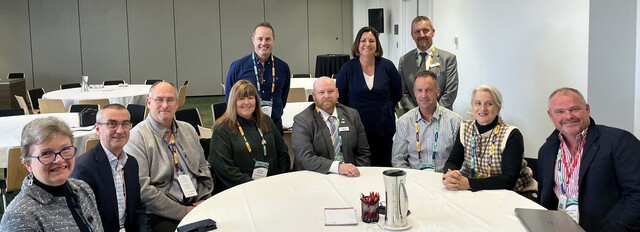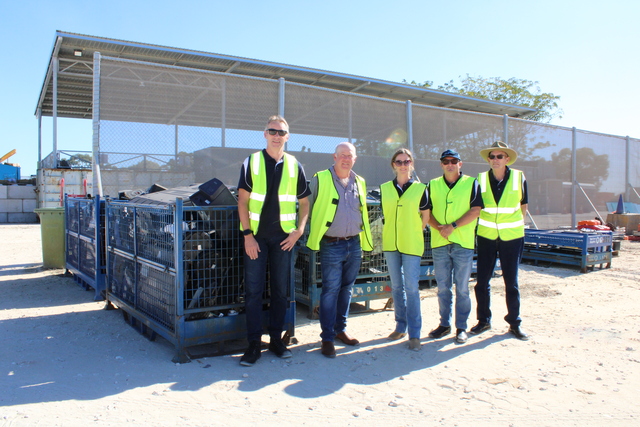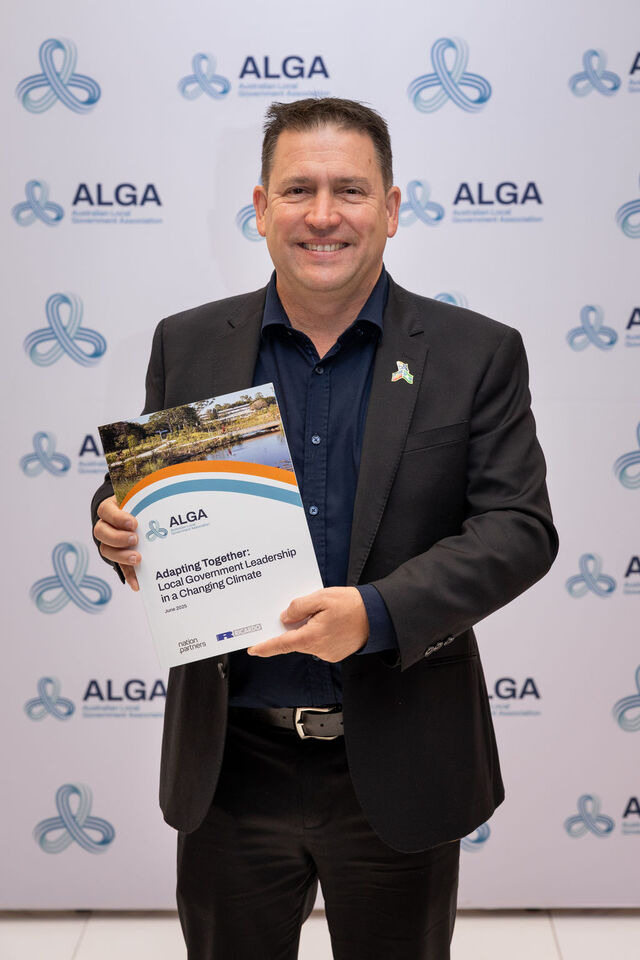In 2011, Esperance was chosen as one of nine Western Australian towns to participate in the State Government’s ‘SuperTowns’ program.
With Western Australia’s population forecasted to double over the next 30 to 40 years, the Western Australian Government, through its ‘Royalties for Regions’ program, developed the ‘SuperTowns’ program.
The program encourages and assists communities to accelerate local planning processes in order to take advantage of opportunities arising from future economic opportunities and population growth.
The outcome within each community of this planning phase is a ‘Growth Plan’. The ‘Growth Plan’ sets out the vision and guiding principles for enabling economic growth, prosperity and wellbeing for the communities of the southeast region of Western Australia (an area encompassing the shires of Esperance, Ravensthorpe and Dundas) over the next 30 years.
The ‘Growth Plans’ have all been predicated on aspirational growth targets. In the case of Esperance, we are targeting a doubling of population over the next 25 years. This aspirational approach is a philosophical shift in the way decisions are made at all levels of government.
A key strength of the approach taken in Esperance has been the development of an equal partnership between the Shire of Esperance, Goldfields-Esperance Development Commission and the Esperance Chamber of Commerce & Industry in the development of the ‘Growth Plan’. This partnership has resulted in a formal Memorandum of Understanding (MOU) being entered into between the three partners to help guide and maintain this partnership into the future.
The most significant issue impacting on the success or otherwise of this long-term planning framework will be the ability of the region to generate the volume and diversity of employment opportunities required to support population growth of this scale.
Some key questions have been identified as being vital in the realisation of the goals outlined within this framework: What additional skills and resources will be required?; At what point (or points) in the governance hierarchy should these be allocated?; What regulatory and approvals processes will need to be adjusted to allow for streamlined delivery?; How is private sector investment invited and secured to leverage and offset government contributions?
From this point onwards, the ultimate success of this program is likely to revolve around the ability for an innovative entrepreneurial approach to be embraced. This will include an ability to invite and attract private sector investment while ensuring due process is effectively and efficiently addressed.
The partnership approach already embraced in Esperance is the starting point in developing this system of bringing stakeholders to the table in order to ensure the Plan is delivered upon.
The Shire of Esperance, Goldfields-Esperance Development Commission and the Esperance Chamber of Commerce & Industry are currently fine-tuning an updated ‘Growth Plan’ in consultation with local and regional stakeholders and the SuperTowns Community Reference Group.
This will be submitted to the Department of Regional Development and Lands in the next two months. This Plan identifies a range of different priority projects for the town, including the three that were awarded funding earlier this year: $12.65 million for the waterfront development, $380,00 for a town centre revitalisation project, and $193,350 for a program to enhance the town’s economic development.
The ‘SuperTowns’ Team included Shire of Esperance staff members, and staff from within the Goldfields-Esperance Development Commission and the Esperance Chamber of Commerce & Industry. Further Shire staff have been co-opted into the program as it has proceeded.







